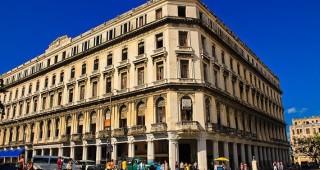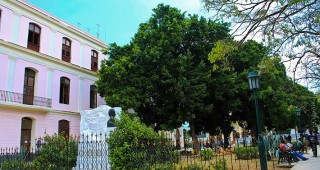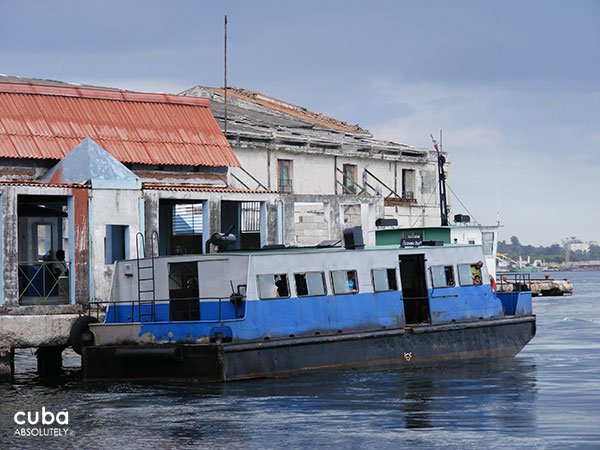This tiny ferry dock takes its name from Calle Luz, a nearby street. Somewhat battered passenger ferries shuttle across the bay to and from Regla and Casablanca, every 10-15 minutes or so.

El Floridita LH  5
5
While the Floridita has its detractors, it is probably worth stopping in for a daiquiri just because it is there. It has certainly been around the block since it first opened its doors over 200 years …
 Traditional BarAdmission: FreeOpen: Open 11am-midnight daily
Traditional BarAdmission: FreeOpen: Open 11am-midnight daily $48 - $83ROOMS: 25Obispo #557, esq. a Monserrat, Habana Vieja
$48 - $83ROOMS: 25Obispo #557, esq. a Monserrat, Habana Vieja 
Centro de Desarrollo de las Artes Visuales LH  4
4
Tucked into the northwest corner of the plaza, the relatively austere gallery occupies three levels of a partially restored 18th-century townhouse mansion. It holds temporary exhibitions of both renow …

Manzana de Gómez LH  4
4
Owned by Julián de Zulueta, construction work began in 1890 according to the project designed by architect Pedro Tomé Veracruisse; however, still unfinished, it was sold to Andrés Gómez Mena, who comp …
 EclecticAdmission: n-aLimited by Neptuno, Monserrate, Obispo and Zulueta Streets, Habana Vieja
EclecticAdmission: n-aLimited by Neptuno, Monserrate, Obispo and Zulueta Streets, Habana Vieja 
Convento y Capilla de la Inmaculada Concepción LH  4
4
This beautiful church and convent was built in Neo=\-Gothic style in 1874 and was a private girls’ school until 1961. The patio and chapel have beautiful wooden ceilings, notable stained-glass windows …
 OtherOpen: 8am-5pm Mon-Fri; 5-7pm Sat; 8-11am SunSan Lázaro #805 entre Oquendo y Lucena
OtherOpen: 8am-5pm Mon-Fri; 5-7pm Sat; 8-11am SunSan Lázaro #805 entre Oquendo y Lucena 
Plaza de la Revolución LH  4
4
The idea of building this square emerged in the 1940s, when an international contest was organized to erect a monument to honor José Martí, Cuba’s National Hero. In 1943 the project was finally approv …
 ModernAdmission: CUC 3Open: 9am-4:30pm Mon-SatPaseo y Avenida de la Independencia (Boyeros)
ModernAdmission: CUC 3Open: 9am-4:30pm Mon-SatPaseo y Avenida de la Independencia (Boyeros) 
Teatro América LH  4
4
The América Theatre is one of the most interesting architectural works in Havana. It first opened on March 29, 1941 and is part of a large building complex located on one of Central Havana’s main comm …
 Art Deco
Art Deco 
Palacio del Conde Lombillo LH  4
4
Located on the north-east corner of the Plaza de la Catedral, this mid18th-century building is unusual in having three façades: the main one on Empedrado and the other two facing Mercaderes and the sq …

Fototeca de Cuba LH  4
4
Inaugurated in 1986 to preserve, study and promote Cuba’s photographic heritage, Fototeca de Cuba, mid-way along the east side of the plaza, boasts the nation’s largest, most valuable collectio …

Plaza del Cristo LH  4
4
The mid-17-century plaza takes its name from the Iglesia del Santo Cristo del Buen Viaje. It was first known as Plaza Nueva taking the name of what is now known as Plaza Vieja. For a while it was know …

Teatro Nacional de Cuba LH  4
4
Opened in 1960, and reopened in 1979 after being fully restored, this is one of Havana’s most important cultural venues. It promotes dance, drama, theater for both adults and children, music and visua …









